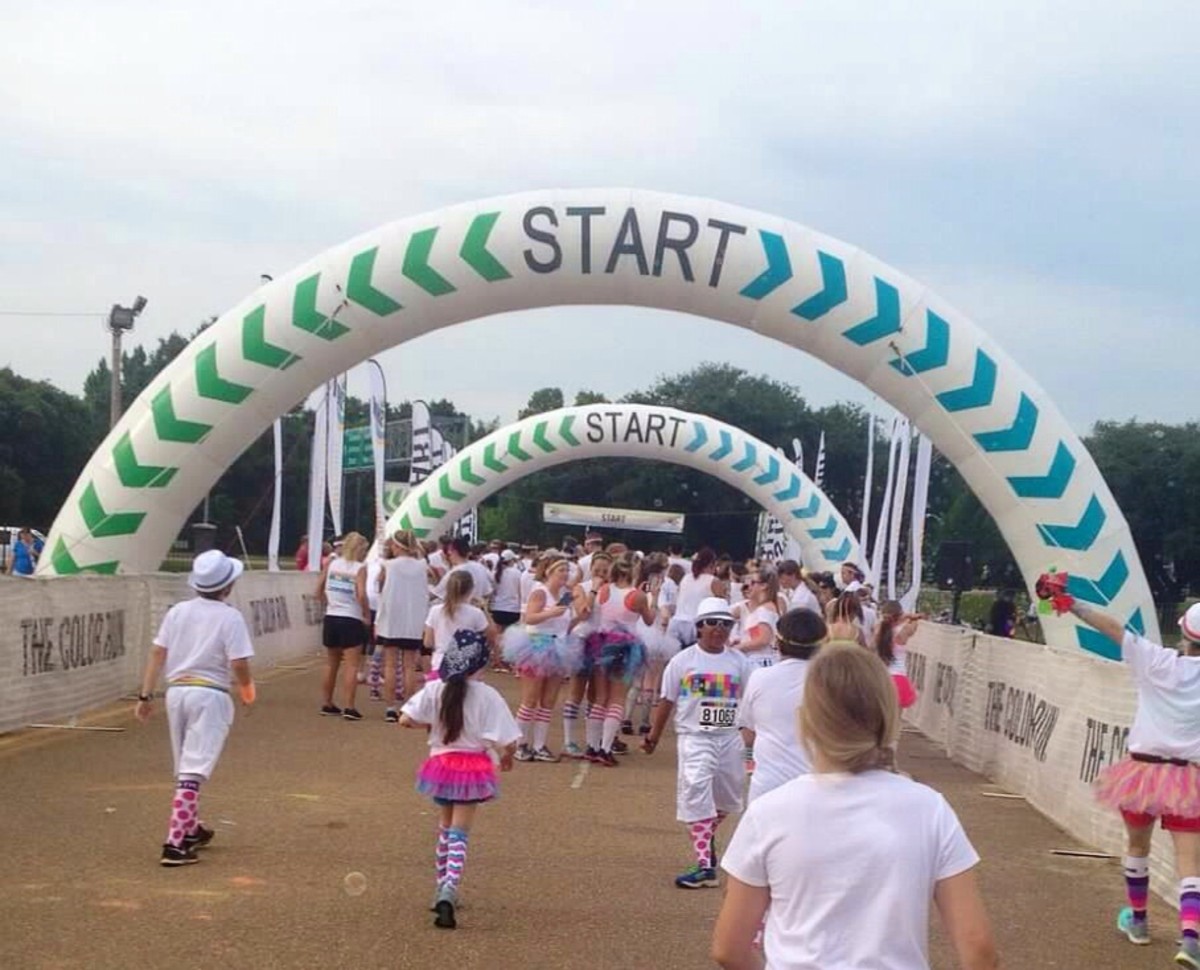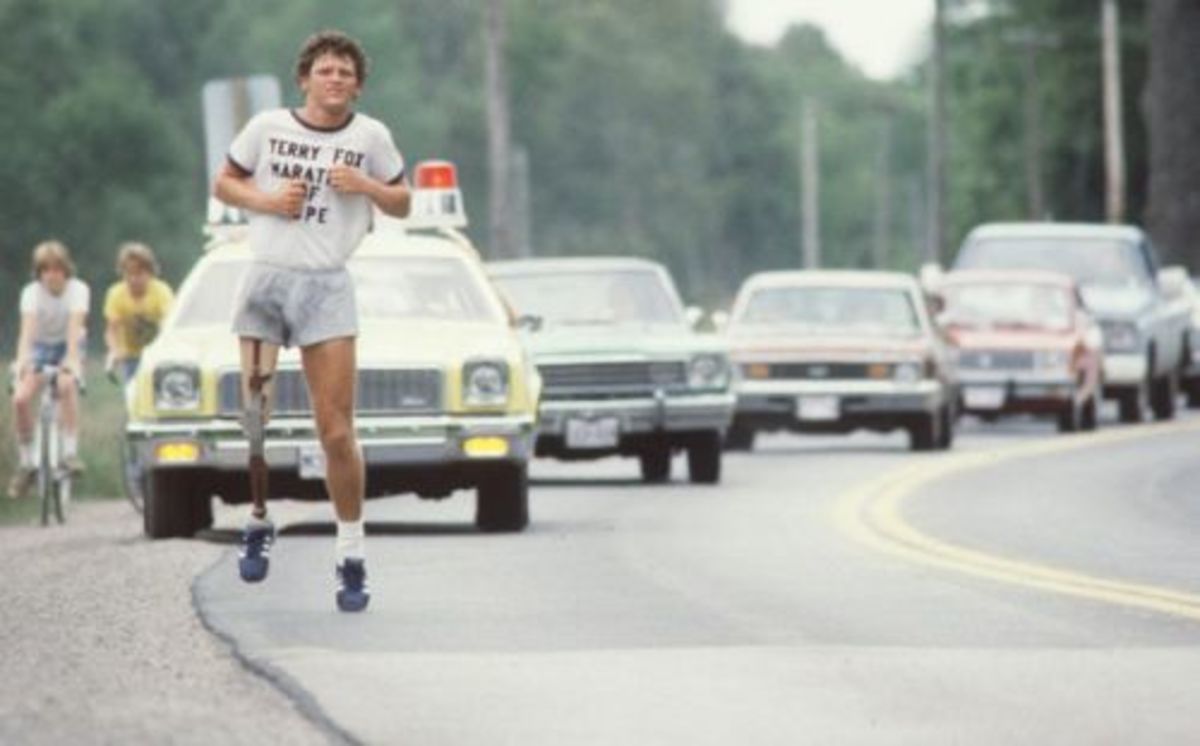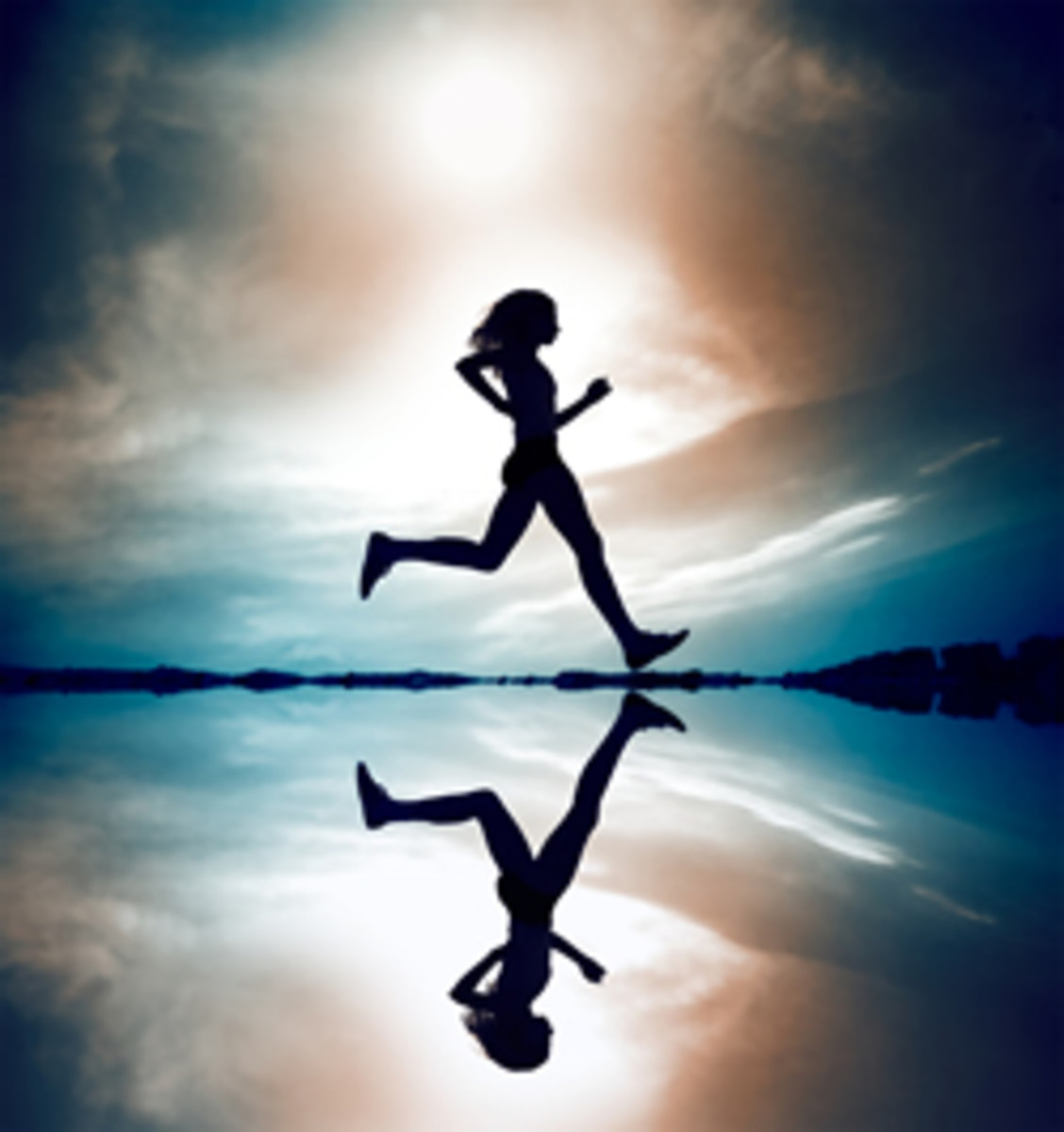Have a Love-Hate Relationship with Running? Tips to Motivate Yourself
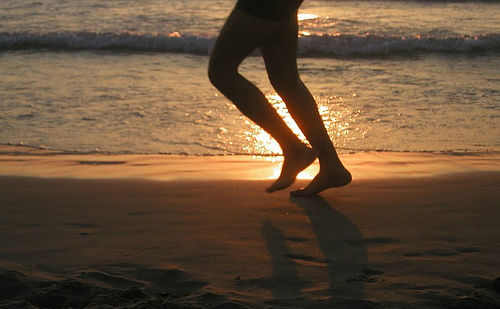
I've been a jogger for almost three years, and I'll readily admit that I have a love-hate relationship with running. When it feels good, it feels really good. Sometimes I'll get my second wind, my mind transcends my body, and I feel like I could keep going and never have to stop.
Then I have my bad days (or weeks) where I never get into the groove. "I just wasn't feeling it," I'll say when I finish. My legs will feel leaden and clunky. I'll have aches in my legs and knees. Just the thought of putting on my running shoes and getting out there makes me feel extra groggy and sluggish. The hardest part is just getting out the door, so I have to talk myself into it.
The good news is that a daily jog helps boost energy levels and jumpstarts the metabolism. So if you're new to jogging or you find yourself in a slump, lacking motivation, consider these tips to run better and feel better about it.
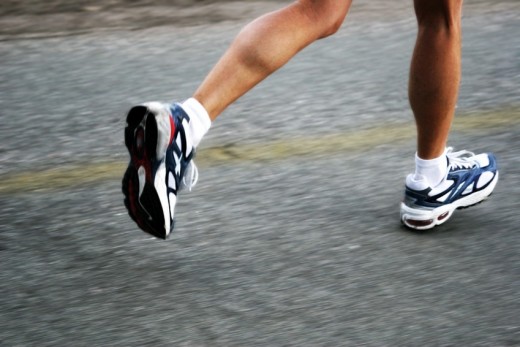
Occupy the Mind
My best runs are the ones where I hardly think about running. I'm just doing it. If I have a lot on my mind, it's easy to let my mind wander, think about the day, and reflect. On the other hand, if I'm tired or stressed, I'm more aware of what my body's doing. If it's a difficult trail, with lots of hills, I need to focus more on my pace and stride.
If you can let your mind go wherever it wants, that's helpful. Running's a great way to meditate and exercise at the same time. Some runners can get into a sort of Zen mode. I can never quite manage it. If you need help finding distractions, try these strategies:
- Pay attention to the scenery. If you're on a trail, focus on the trees around you, the leaves and rocks on the ground. If you're running along a road, count the cars that pass by you. Having a number in my head helps me forget about the pain and the sweat when I'm working my way up a hill.
- Music. Some people can't run without their iPods and motivating playlists. Me, I never got into the habit of bringing my tunes with me on runs (mainly because I can never make the earbuds stay in place!), but I enjoy the music when I'm treadmill running at the gym. If you don't have an mp3 player, sing songs in your head, keeping time with your feet hitting the ground.
- Give yourself pep talks. For particularly grueling, long-distance runs, think of things that will encourage you. Find a mantra--"You can do it" or "Almost there"--and repeat it in your mind.
Run with a Partner
Finding a jogging partner can give you the extra motivation to show up and give it your best. Some people prefer having company on their runs, and having someone depending on them makes them want to work harder.
If you're running with someone at a different level than you, try to be flexible. If you're the better runner, be patient, because if you've ever been in a race you know what it's like trying to keep up with stronger, faster runners. I run with my brother (who was in high school track) when I want a little pain and humiliation with my exercise. When we run up hills, I'll be panting and gasping, and he'll be jogging backwards to check out some girls passing by. But I enjoy running with him because he's fun company.
If you jog with a friend, you'll most likely be chatting during the run. If you can talk in a normal voice, then you're probably not pushing yourself hard enough. Neither should you be going so hard that you're incapable of speech. Instead, find a pace that makes you have to pause between sentences to catch your breath.
Can't find a running partner? Try bringing along your dog, or see if your community has a running club you can join.

Have a Goal
Whether you're training for a race or trying to improve your run time, have a measurable goal that you can work toward. When you set goals, remember the acronym SMART: specific, measurable, attainable, realistic, timely. You know how so many people make New Years resolutions--I will lose weight, I will get in shape, I will go to the gym more. You know why those goals usually fall through by February? Because they're too vague, too unspecific, and they don't set a realistic timeline for achieving them.
Set a specific, measurable goal: I will run 4 miles 3 times a week. I will do my workout at the gym every Monday and Wednesday night. Be realistic: don't say, I will lose 5 pounds this week, I will do 1000 crunches a day. Make your goal something attainable within a set amount of time. Write the goal down and put it on the fridge, to remind yourself. When you achieve the goal, you'll feel a real sense of accomplishment and be more inclined to stick with your healthy, active lifestyle!
If you run a race, the rewards will be immediate. I ran the Peachtree in 2010, and it was one of the most exhilarating, exciting events of my life. You can't go wrong when you have thousands of people lining the streets cheering you on!
Vary Your Routine
Runners sometimes get into slumps. It happens to all of us. I get bored running the same routes all the time. So change it up--vary your routines. Trace out a new running path or look up trails in your area. New surroundings and people will stimulate the brain and keep you from falling into a running stupor.
Studies have shown that people who run in the mornings tend to run longer and harder than those who run later in the day. If you still find yourself lagging, try running at different times of the day. I'm not a morning person; it takes me a while to fully wake up in the morning, so morning jogs aren't easy for me. But on the other hand, getting the jog out of the way first thing makes me feel better for the rest of the day, and I don't have to worry about making excuses that will keep me from just doing it.
Take advantage of the seasons. In the heat of the summer, try to jog early in the morning or in the evening when it's cool. During the winter, you'll want to go midday, when it's warmest. Find what works for you, what will make you most likely to go, and stick with it.
Also cross-train. Doing other forms of exercises will strengthen different muscles and parts of the body, and new activities will be exciting and refreshing. Swimming and cycling are great forms of exercise, and they're not as heavy-impact as running. See if your local gym has aerobics classes: step, dance, pilates, yoga, etc. Cross-training will keep things new and interesting, and will increase overall performance.
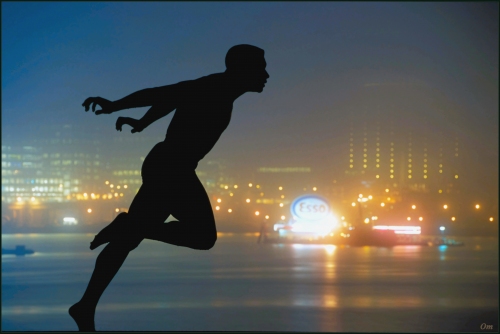
Think of the Rewards
When you're feeling discouraged, think about what running has done for you. It's given me discipline, a relief from stress, a healthier body, a series of challenges, and a sense of accomplishment. Running is a break from a busy, hectic day. Think of it as a gift to yourself, time for yourself. If I go for a few days without running, I start to crave it. The antsiness and feeling on edge won't go away. Running again is a great release, a sense of freedom.
As you're jogging, plan what you'll do with the rest of your day. If you're struggling, say to yourself: I'm almost there. I'll have a big glass of water in 10 minutes. Remind yourself how proud you'll feel when you finish. Visualize the course before you, and picture yourself finishing it. Give yourself rewards: a big glass of water, a Gatorade, a long, luxurious shower!
Take Care of Yourself
It's very important to keep yourself in good condition. If you're feeling poorly, running will be extra hard, maybe bad for you. So remember your health!
- Get enough sleep. Eight hours is the standard amount for most people. Teens will need more. But too much sleep is as bad for you as too little. If I oversleep (when I'm worn down and trying to "catch up") I end up feeling more groggy than refreshed when I wake up.
- Eat right. Fresh veggies and fruit, lean meats, pastas, nuts, eggs. Bananas are a runner's best friend--they even help with joint pain.
- Drink plenty of water. Stay hydrated before, during, and after a run.
- Have the proper equipment. Make sure your running shoes fit properly, and get new ones every 350 to 400 miles.
- Do stretches before or after the run to prevent injuries.
- Do things that make you happy. Find hobbies that you enjoy, things that will relieve stress. Talk walks with your family. Get plenty of fresh air.
My
feeling is that any day I am too busy to run is a day that I am too busy.
--John Bryant
Stop making excuses! Get out there and give it your best!





